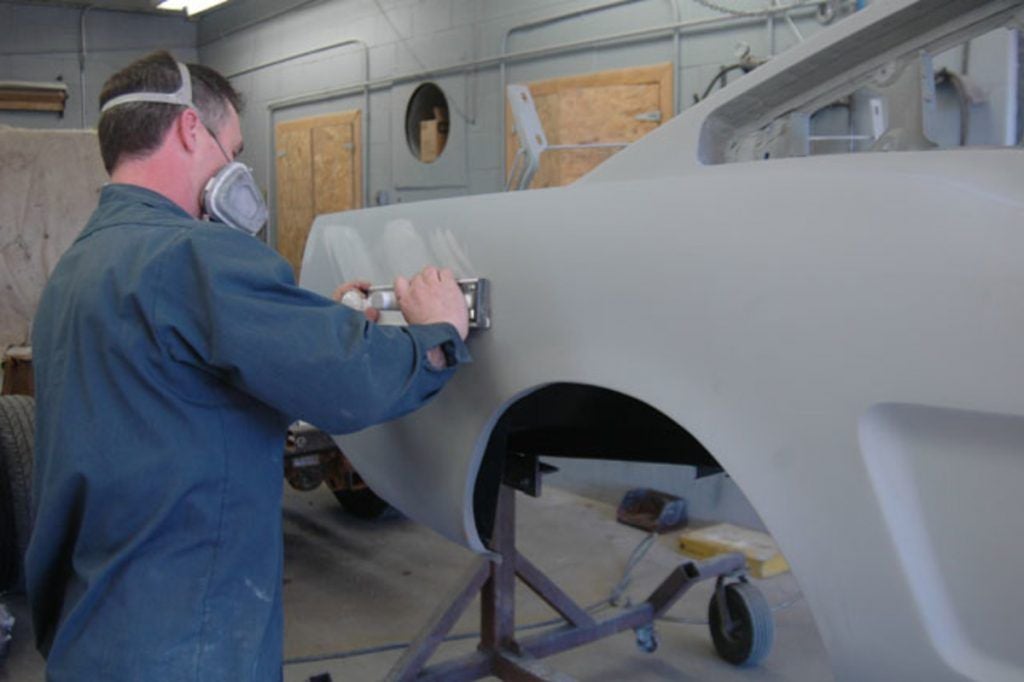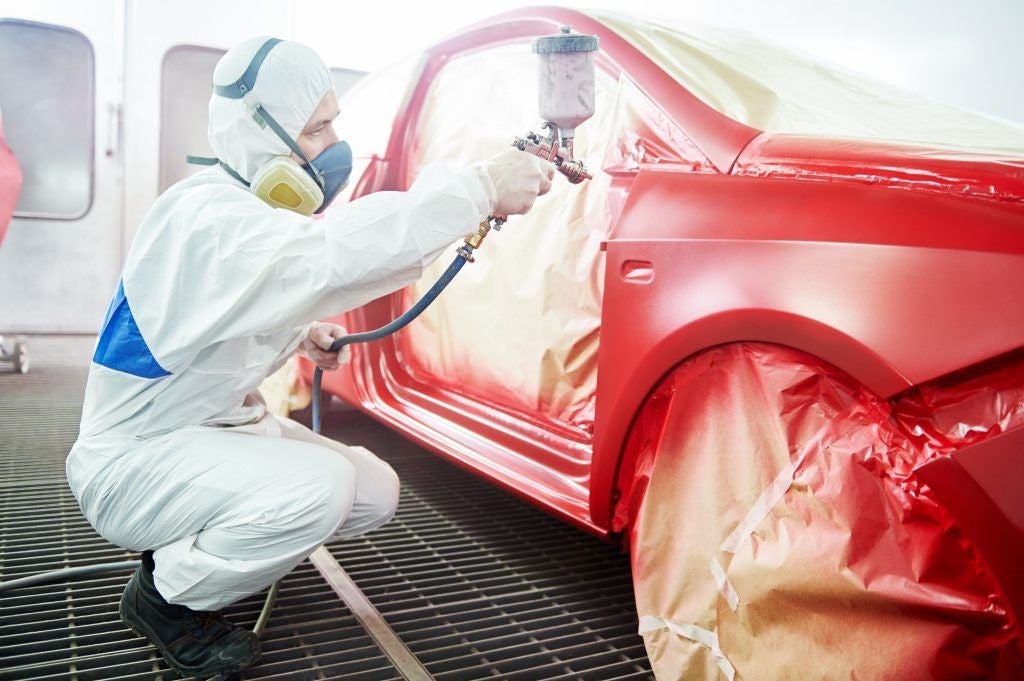Whoever said looks don't matter definitely wasn't talking about cars, that's for sure. Whenever we look at buying a new car, the first thing that we get attracted to is the looks and the design of the car. These looks are accentuated by the color of the car. The color of the car makes it more appealing amongst the crowd of other vehicles of choice. The car paint is hence one of the most essential things to look for in a car, taking it from a "meh" to "oh my god, I need this" very quick.
The automotive paint adds "bling" to the car and makes it a shiny-new looking car. It increases the oomph of a standard product, making it highly valuable in terms of production value and presentation. The very important, automotive paint is different from any other generic paint. It is made to last the entire life of the car. Naturally, there will be many different compounds that are used to make the automotive paint different from all other variables. We can segregate the entire automotive paints' composition into three main categories that are, pigment, thinner, and binder. Each carries a different and crucial role from one another. The pigment is responsible for providing that luxurious color of the paint. At the same time, the thinner is used to make sure the consistency of the paint is even, and the binder, as the name suggests, binds the pigment and the thinner together to ensure the long life of the car paint.
You must have faced a situation where you have to pick what type of paint you want for the car from the various options such as water-borne paint or solvent paint, this could get easier for you by the time you finish reading this article.
Talking about solvent-borne paints, let's first discuss what are the various components in this paint. The solvent-borne paint consists of the solvents such as lacquer, urethane, or enamel, the major composition of this type of paint is the paint mixture which has a large amount of VOCs (Volatile Organic Compounds). These paints have been losing popularity due to their harmful effect on the environment.
Coming to the water-borne paints, these paints are free from the compounds which cause harm to the environment. They are called water-borne paints because water is the only solvent these paints use. These paints can be used on the primers or bare metals and coatings as well. These paints are gaining popularity because they do not cause environmental adversities as these paints are free from VOCs, unlike the solvent-based paints. This has led it to be the first preference in many paint shops.
The automotive painting process can be divided into three stages.
Stage 1: Applying The Primer
 Car Painting - Primer Application
Car Painting - Primer Application
The process consists of the application of primer onto the car. The primer has a lot of responsibilities, such as it protects the body from rust, heat differences, stone chips, UV light, etc. The primer also helps in leveling the surface of the body and also plays a major role in overcoming manufacturing defects.
Stage 2: Spraying The Base Coat
 Car Painting - Base Coat Spray
Car Painting - Base Coat Spray
Post the primer, the base coat is sprayed to the surface of the car. At this stage, the visual properties and the colors come into being. We can usually find base coats in three types, solid, metallic and pearlescent. Each three carry a different property from one another. The solid paints carry no sparkly look, whereas the metallic paint does and provides that bling to the look.
Stage 3: Spraying The Clear Coat
 Car Painting - Clear Coating
Car Painting - Clear Coating
The final stage is the clear coating. The transparent coating is added to the base coat after the painting process. The clear coating is also crucial as, after this stage, the car comes in direct contact with the outside, and the clear coat should be able to resist abrasion and withstand UV light. This coating could be solvent or water-borne. This concludes the entire automotive painting process.
The entire look of the car is at the end, determined by the type of paint that we choose. The type of paint finish we choose also creates a distinctive finish from one another. The metallic paint finish consists of an additional layer of clear coat over the paint. This finish results in getting that shine, a small quantity of powdered metal is mixed with the paint layer to achieve this. This presence of the metallic particles leads to the light being reflected back more than the solid paints hence making it brighter and shinier.
The other type of finish we talk about is the pearlescent paint, this pearlescent paint is the combination of basic paint compounds added to the metallic paint, but here the ceramic crystals are used instead of the metallic powder. This ceramic compound mica reflects as well as refracts the light making the surface more shiny and appealing. This phenomenon of refraction also is responsible for making the color seem more deep. The difference between the pearlescent paint and the metallic can be easily seen under the sunlight. The automotive paint creates the difference between an appealing car and a shabby-looking car.
Armed with all this information, we at CARS24 are very particular about the grade and the type of paint we use during our refurbishment process. We use only OEM-recommended paint for respray and paint corrections, as the quality of the paint dictates the way a car looks.






.jpg&w=828&q=75)






.jpg&w=828&q=75)
.jpg&w=828&q=75)
.jpg&w=828&q=75)
.jpg&w=828&q=75)

.jpg&w=384&q=75)

.jpg&w=384&q=75)
.jpg&w=384&q=75)

.jpg&w=384&q=75)
.jpg&w=384&q=75)

.webp&w=384&q=75)








